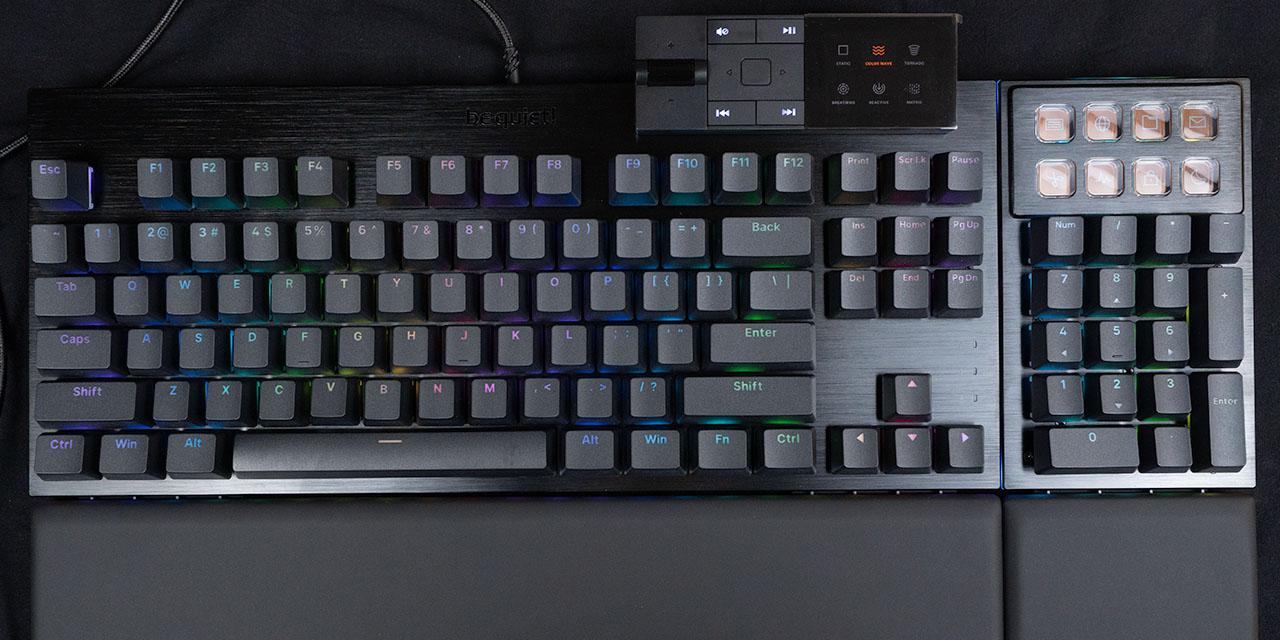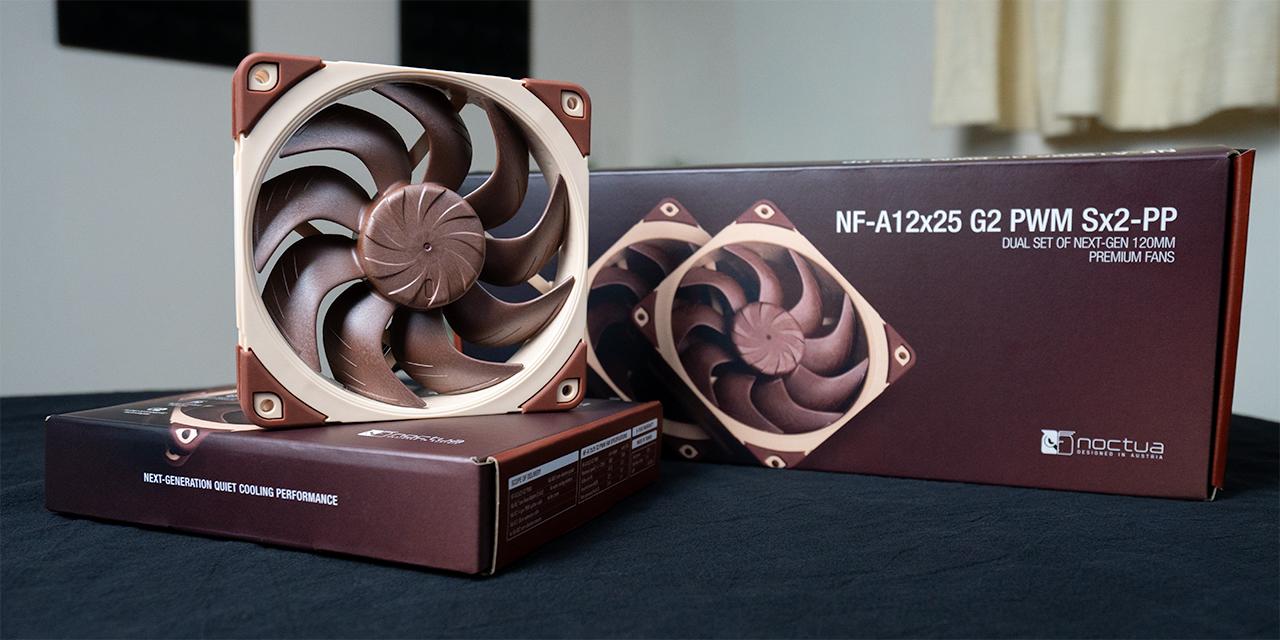Page 2 - Bundle, Chipset, BIOS
Upon opening the box, a simple bundle accompanies the Gigabyte GA-Z170X-UD5 from the factory. Basically, everything you see in the photo above is everything you will get. Besides the motherboard itself, you will receive four black SATA cables (Two angled and two straight), one SLI bridge, a rear I/O shield, manual, installation guide, driver/software DVD, G Connector, plastic port caps, Heroes of the Storm contest promotion card, and Heroes of the Storm door tag. Well, plus a Gigabyte sticker for what it is worth, haha. You do not get a whole lot out of the box, but for everything that is included, there is substance to it. The G Connector is pretty much the same thing as ASUS' Q Connector back in the days; it helps combine front panel case I/O wires into a single block for simplified management.

Six new chipsets are designed for new Skylake processors. This includes H110, B150, Q150, H170, Q170, and Z170. Codenamed Sunrise Point, they are all intended for different markets; the Gigabyte GA-Z170X-UD5 features the enthusiast Z170 chipset, as the motherboard name suggests. Branching off the processor are sixteen available PCI Express 3.0 lanes, and can be set to either 1x16, 2x8, or 1x8/2x4, as shown in the block diagram above. The chipset connects to the CPU via DMI 3.0, and provides twenty PCI Express 3.0 lanes -- a generous upgrade in both quantity and technology from the previous generation. This is especially important for supporting new PCI Express based storage interfaces. Skylake CPUs also have native support for a pair of dual channel DDR4-1600 RAM slots, and can scale up to DDR4-2133 speeds. We are also happy to see native support for up to six SATA 6Gb/s ports, and ten USB 3.0 ports to hook up all your external devices. Fourteen additional USB 2.0 ports are provided for everything else. The rated TDP for all Sunrise Point chipsets is 6W. Of course, the actual number of ports available on your motherboard is dependent on the manufacturer and model.
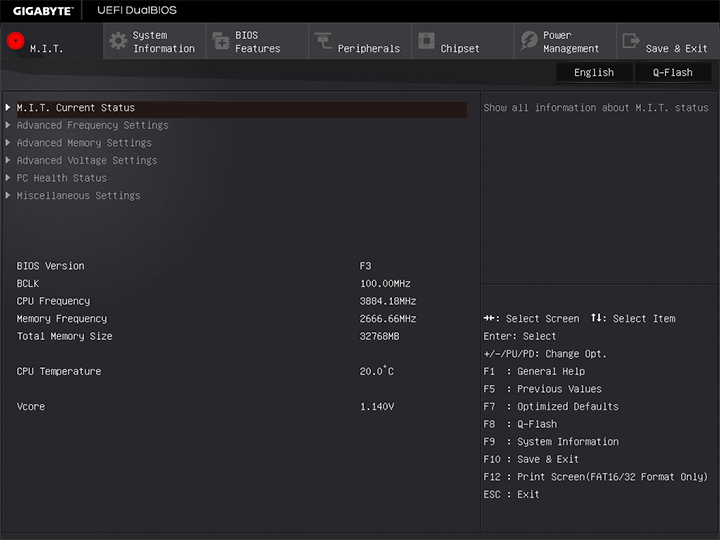
Once I fired up my PC, I kept hitting "Delete" on my keyboard until I entered the BIOS, which worked wonderfully, much to my delight. The whole procedure was not any different than the Z97X-UD3H-BK I reviewed last year. The default screen shows a three my three matrix of standard configurations. The tiled display only provides access to the most basic of basic features. If you are reading this review right now, chances are you are not too interested if I spent time talking about how to change the system language. Thankfully, the Gigabyte GA-Z170X-UD5 can be toggled into Classic Mode (Formerly known as Advanced Mode), which is basically a fancy GUI version of the American Megatrends BIOS. Call me old school, but Classic is still my favorite mode, which I will go through in this review. Smart Tweak Mode has the most eye candy, which you can check out in the BIOS section of my Z97X-UD3H-BK review. It is geared especially for enthusiasts. It takes full advantage of high resolution monitors, and is very well laid out to ensure everything you need to see is at hand.
Before we begin, I went ahead and fired up Gigabyte's Q-Flash. Q-Flash is an integrated feature for the user to flash their BIOS safely and easily. You can update using an image from any FAT16 or FAT32 formatted device, such as your USB flash drive. My motherboard came with the F2 BIOS, and I have updated it to F3 BIOS without any issues at all.
If you have used Gigabyte products in the past, you will be quite familiar with the Motherboard Intelligent Tweaker, as shown in our screenshot above. It further divides into six more sections. These sections are labeled M.I.T Current Status, Advanced Frequency Settings, Advanced Memory Settings, Advanced Voltage Settings, PC Health Status, and Miscellaneous Settings, respectively. It should be generally clear what the kind of settings are listed under each section, but I will go into these sections in detail in just a moment. Furthermore, we can see at the bottom section of the Motherboard Intelligent Tweaker screen the BIOS version, base clock frequency, CPU frequency, memory frequency, total memory size, CPU surface temperature, and Vcore -- right from the start. I found this particularly handy and convenient during my overclocking runs.

The M.I.T Current Status screen provides more detailed information with regards to overclocking. Where you will only find quick data such as BCLK, CPU frequency, and processor voltage in the previous page as aforementioned, here you will find information like the CPU name, CPUID, CPU update revision, Turbo/Non-Turbo multiplier and frequency of each core, temperature of each CPU core, memory size in each DIMM, as well as current latency settings for each channel of memory. Again, I found this particularly handy while executing overclocking procedures -- and the fact that everything is laid out in organized tables on one screen is very convenient.
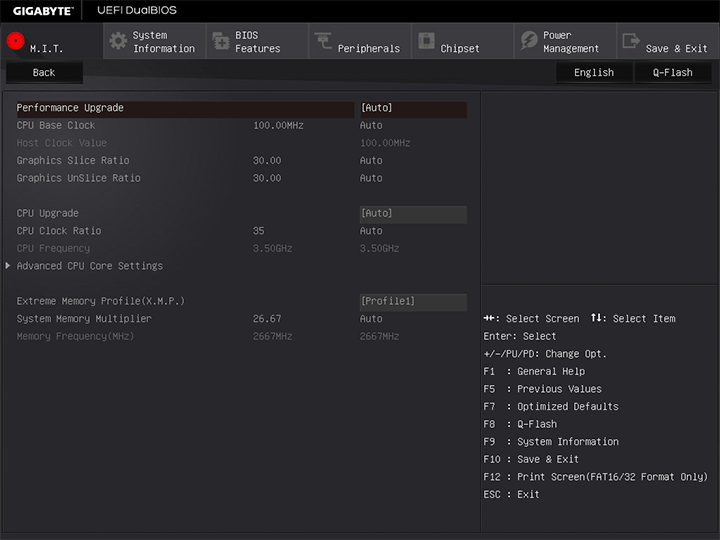
The Advanced Frequency Settings screen permits the user to adjust processor settings. The user can adjust the CPU clock ratio and BCLK frequency by either hitting the "+" or "-" key on their keyboard to increase or decrease the value, or enter the number directly -- where the base clock can be adjusted in 0.01MHz increments for fine tuning. Adjusting the memory ratio can be done by going through the same procedure as well. Under the Advanced CPU Core Features section are options for enabling or disabling features such as Turbo Mode, SpeedStep, and enabled cores. It is also possible to select XMP profiles from the Advanced Frequency Settings screen as well.

The Advanced Memory Settings screen, as its name suggests, has memory setting options that the user can adjust. You can select XMP profiles in addition to the menu under Advanced Frequency Settings as aforementioned, but here you will also find quick data relating to memory voltage in addition to memory frequency. Timing settings for each channel can be adjusted under their respective timing settings screens, with default latencies in a static column and current/future settings in an adjustable column. Adjusting timing settings involves a direct integer input from the use, so you will not need to scroll through a long list of numbers to find what you need.


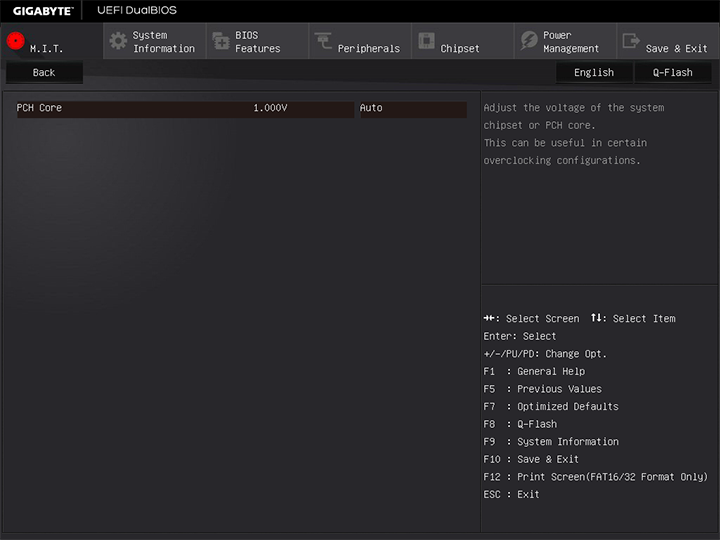
The last three Motherboard Intelligent Tweaker screens I will cover in detail are the ones related to voltage control, as shown in our images above. Again, you will find an organized table with a column for voltage type, current values, and the newly adjusted value. Voltage can be changed by entering a value directly, or by incrementing by pressing the "+" or "-" button on your keyboard. When the desired number is entered directly, the Z170X-UD5 will take what you have entered, and round to the nearest possible number. The only thing I found annoying is you cannot bring up a menu to see the range of allowed values. Also, voltages treading into the dangerous territory will not be signified by a color change in the text, which was something Gigabyte has done in the past.
The following voltage ranges and increments are allowed:
CPU Vcore 0.600V to 1.800V @ 0.005V increments
Dynamic Vcore -0.300V to +0.400V @ 0.005V increments
CPU Graphics Voltage 0.600V to 1.500V @ 0.005V increments
Dynamic VAXG -0.300V to +0.400V @ 0.005V increments
CPU VCCIO 0.500V to 1.300V @ 0.005V increments
CPU System Agent Voltage 0.500V to 1.300V @ 0.005V increments
PCH Core 0.800V to 1.300V @ 0.02V increments
DRAM Voltage 1.000V to 2.000V @ 0.02V increments
DRAM Training Voltage 1.000V to 2.000V @ 0.02V increments
DDRVPP Voltage 1.980V to 3.020V @ 0.04V increments
DRAM Termination 0.375V to 0.833V @ ~0.04V increments
Overall, the usage experience of Gigabyte's UEFI BIOS is excellent. Smart Tweak Mode is where it is at, but Classic Mode as demonstrated here is present for those who like old school. The control interface is very smooth, and screen transitions are quite flawless. I really do not have any complaints.
Page Index
1. Introduction, Packaging, Specifications
2. Bundle, Chipset, BIOS
3. A Closer Look, Board Layout, Test System
4. Benchmark: AIDA64 CPU
5. Benchmark: AIDA64 FPU
6. Benchmark: AIDA64 Memory
7. Benchmark: PCMark 8
8. Benchmark: 3DMark
9. Benchmark: PassMark PerformanceTest 8.0
10. Benchmark: SuperPI 1M, Cinebench R15
11. Onboard Sound Frequency Analysis
12. Overclocking and Conclusion



